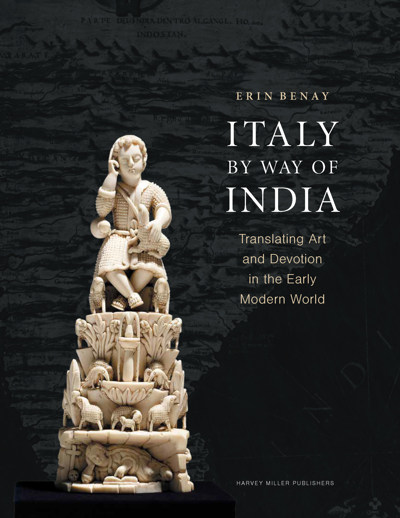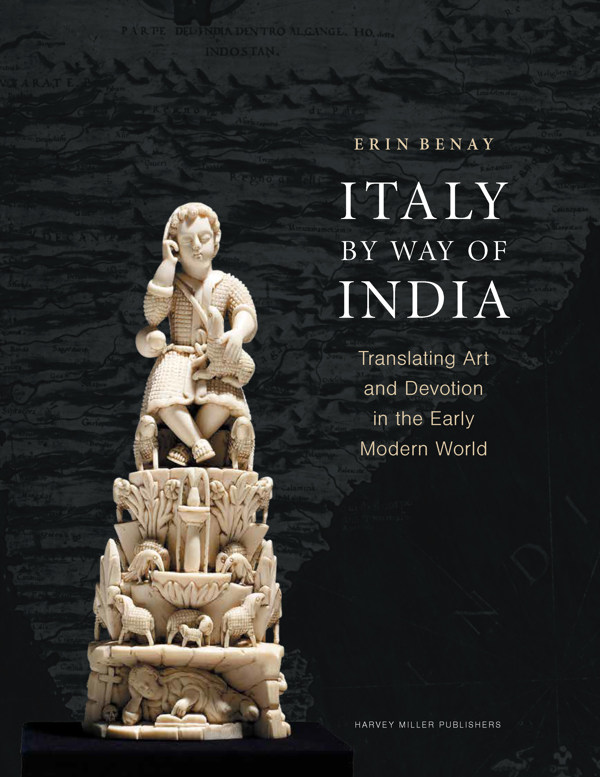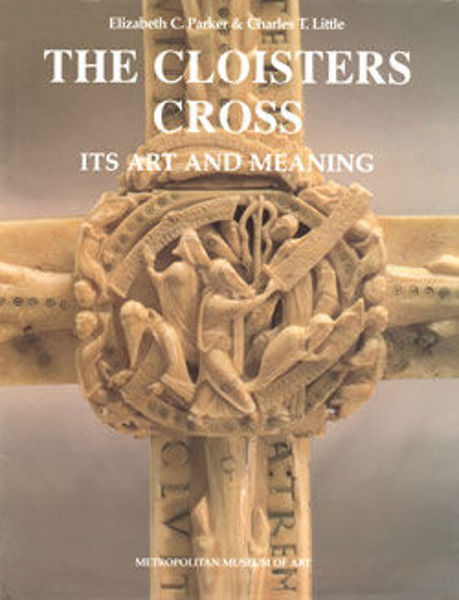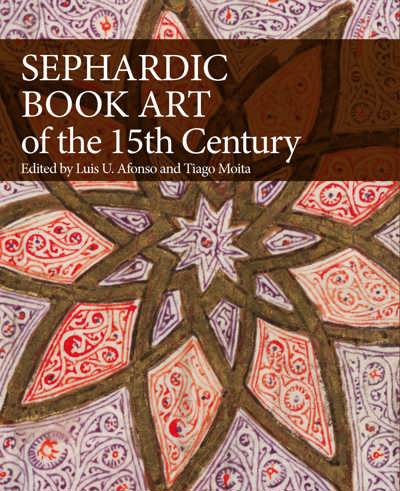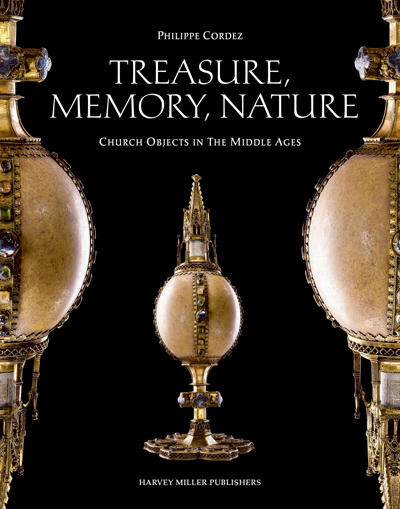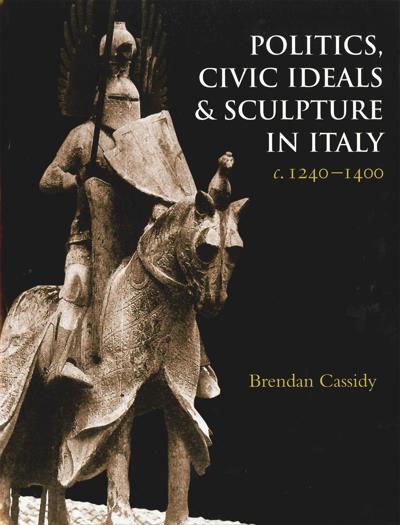
- Pages: iv + 202 p.
- Size:220 x 280 mm
- Illustrations:120 col., 2 maps b/w
- Language(s):English
- Publication Year:2022
- € 100,00 EXCL. VAT RETAIL PRICE
- ISBN: 978-1-912554-77-5
- Hardback
- Available
Italy by Way of India recovers peripheral narratives of image-making from the margins of cultural exchange between India and Italy during early modernity and promotes indigenous artists as central to the construction of Christian art in India and to the representation of India in Europe.
"Erin Benay’s Italy by Way of India is a groundbreaking study of complicated networks of cultural exchange in which indigenous artists actively participated. (...) Her work, which draws together many types of evidence, material and textual, is a methodological tour-de-force that avoids the problematic dichotomy between center and periphery (...)." Claire Farago, Professor Emerita, University of Colorado Boulder
“Italy by Way of India is a groundbreaking study. It promises to change not only how we approach artistic exchange between colonial India and Europeans but also how we reconceptualize the ways that artworks move through time and space to produce global knowledge. This intellectually bracing book is timely: it contributes to the current debate on how to practise a truly global art history.” (Erin J. Campbell, in Renaissance and Reformation, 45/3, 2022, p. 290)
“(..) let us celebrate this fine study, which must surely constitute a template as well as a clarion call for more such studies of the multifarious and reciprocal ways in which Christianity was translated visually between the Old World and the Indies (East and West).” (Simon Ditchfield, in Journal of Early Modern History, 27, 2023, p. 262)
Erin Benay is Associate Professor of Early Modern Art at Case Western Reserve University in Ohio. She is the author of Faith, Gender, and the Senses in Italian Renaissance and Baroque Art: Interpreting the Noli me tangere and Doubting Thomas (Ashgate, 2015), and Exporting Caravaggio (Giles, 2017). She has received grants and fellowships from the Kress Foundation, the American Institute of Indian Studies, and the National Endowment for the Humanities.
The return of a saint’s body to its rightful resting place was an event of civic and spiritual significance retold in Medieval sources and substantiated by artistic commissions. Legends of Saint Thomas Apostle, for instance, claimed that the martyred saint had been miraculously transported from India to Italy during the thirteenth century. However, Saint Thomas’s purported resting place in Ortona, Italy did not become a major stopping point on pilgrimage or exploration routes, nor did this event punctuate frescoed life cycles or become a subject for Renaissance altarpieces as one would expect. Instead, the site of the apostle’s burial in Chennai, India has flourished as a terminus of religious pilgrimage, where a multifaceted visual tradition emerged, and where a vibrant local cult of ‘Thomas Christians’ remains to this day. An unlikely destination on the edge of the ‘known’ world thus became a surprising source of early modern Christian piety. By studying the art and texts associated with this little-known cult, this book disrupts assumptions about how knowledge of Asia took shape during the Renaissance and challenges art historical paradigms in which art was crafted by locals merely to be exported, collected, and consumed by curious European patrons. In so doing, Italy by Way of India proposes that we redefine the parameters of early modern visual culture to account for the ways that global mobility and the circulation of objects profoundly influence how cultures see and know each other as well as themselves.
ACKNOWLEDGMENTS
LIST OF ILLUSTRATIONS
INTRODUCTION
Translating Saints
An Apostle in India
CHAPTER I. SAINT THOMAS AND THE MAKING OF CHRISTIANITY IN SOUTHERN INDIA
Re-situating Christianity in India
Thomas, Builder of Churches
The Cross and the Lotus
Darśan in the Church
The Reform of Thomas Christianity in the Sixteenth and Seventeenth Centuries
CHAPTER II. INDIAN CHRISTIAN ART IN THE AGE OF COLONIALISM
Devotional Objects in Churches
Devotional Objects for Domestic Use
CHAPTER III. POSSESSING INDIA
Indian Things in Italy
Shopping in India
Putting Saint Thomas on the Map
Bringing Saint Thomas’s India to Florence
Experiencing Indian Objects in the Medici Collections
CHAPTER IV. AN INDIAN SAINT IN ITALY
The Deaths of Saint Thomas
First Translation
Mistranslation
CONCLUSION
NOTES
BIBLIOGRAPHY
